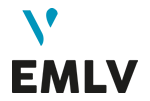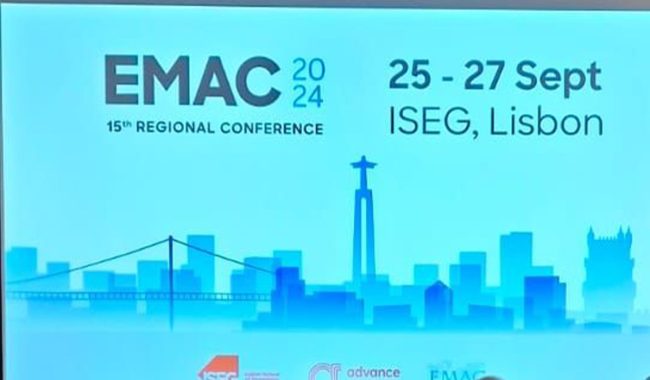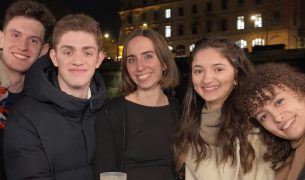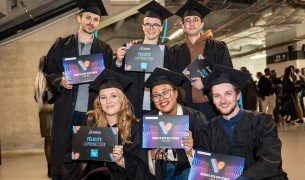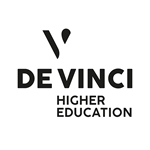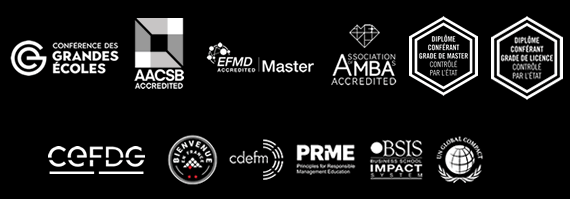Elissar Toufaily, Professor Researcher of Digital Marketing at De Vinci’s Higher Education EMLV, presented her research on the “5C Framework of Luxury NFT” at the EMAC Regional Conference in Lisbon.
This significant contribution highlights how luxury brands can leverage NFTs (non-fungible tokens) in the metaverse, enhancing their marketing strategies by tapping into digital communities and co-creation models.
The European Marketing Academy for the latest trends in marketing
The European Marketing Academy (EMAC) is a leading professional society established in 1975 to promote the exchange of marketing theory and research.
With over 1,000 members from over 50 countries, EMAC is a global platform for scholars and marketing professionals. The annual EMAC Conference is the highlight of the society’s calendar, fostering discussions, networking, and dissemination of research.
The EMAC conference brings together professionals from academia and industry, providing a venue for exchanging ideas and exploring the latest trends in marketing. Through its annual conferences and numerous regional events, EMAC plays a crucial role in shaping the future of marketing research and practice.
The 5C Framework of Luxury NFT
Elissar’s Toufaily framework emphasizes five critical components for luxury brands navigating the emerging NFT landscape. An NFT, or Non-Fungible Token, is a unique digital asset that represents ownership or proof of authenticity of a specific item, usually digital art, music, video, or even virtual real estate:
1 Communities: Brands should focus on consumer collectives rather than individuals, recognizing the importance of identity and belonging within digital communities. The immersive world values membership in these communities, which serve as the new status markers for luxury.
2 Culturally-embedded Curation: The value of NFTs is tied to their storytelling and cultural significance. Brands must curate their NFT collections within a broader historical and cultural context, offering a deeper connection to their audience. In today’s era of micro-attention and micro-experiences, brands must connect their projects to specific subcultures, causes, or purposes.
3 Collaboration: The digital space fosters creative collaboration involving designers, musicians, and consumers. Culturally amplified collaborations can broaden the appeal of NFT projects and resonate with a joint audience across various creative and social domains.
4 Creativity: Aesthetic innovation is crucial in the digital world. Brands must blend taste and meaning into digital luxury offerings, using NFTs to create social bonds within communities. These digital assets can be associated with sustainability, transparency, and limited editions to enhance their value.
5 Co-creation of Value: The co-creation process, grounded in service-dominant logic, allows consumers, communities, and brands to collaborate on NFT design and usage. A prime example is Prada’s partnership with Adidas, which engaged with a creator-owned NFT project, leaving intellectual property rights to individual creators. This redefines how value is created in the digital economy.
Professor Researcher Elissar Toufaily, research on luxury NFTs on this platform highlights the growing significance of digital marketing innovations and their impact on the luxury sector.
Her 5C framework, which combines creativity, collaboration, and community engagement, provides a roadmap for brands to navigate the metaverse successfully.









